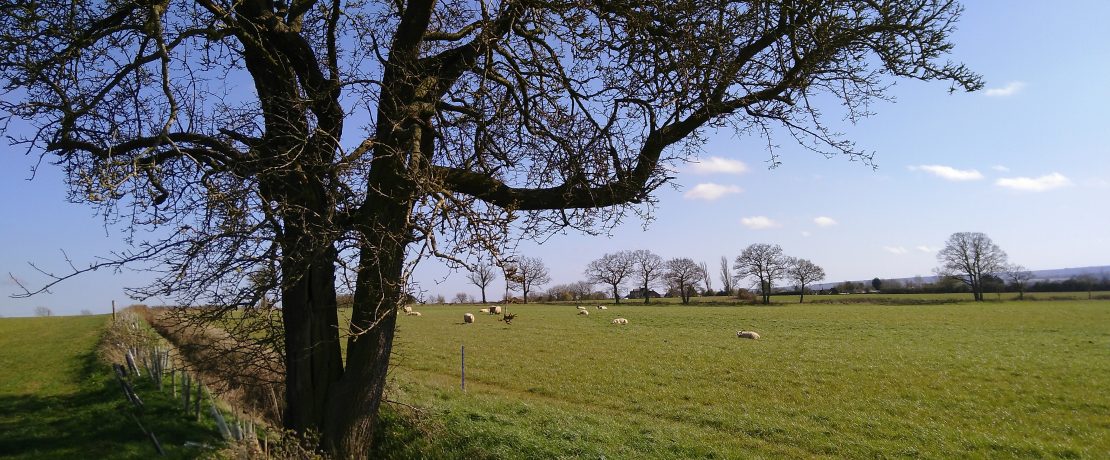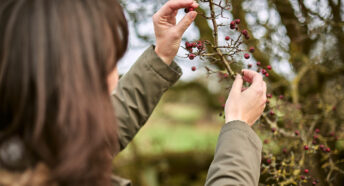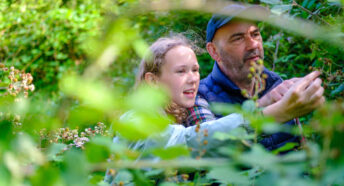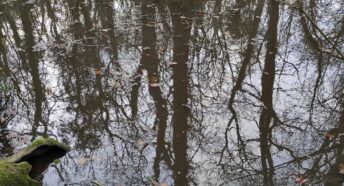The regenerative power of tranquil places
Like many people I find getting out into the countryside or green spaces one of the most effective ways of de-stressing and relaxing.
Pre lockdown that was probably most likely to mean getting in the car and driving to somewhere like Dunstable Downs or looking forward to holidays in some of our most loved landscapes like the Yorkshire Dales or the Suffolk coast.
When Covid-19 hit, we were forced to look closer to home, there were local places that we knew about and visited regularly already – a patch of local woodland, a wildflower meadow next to an Iron Age Hillfort, the nearby park – but what else was there to discover?
Living in Bedford, albeit in the northern suburbs, meant that I had often felt a little disconnected from rural life and the countryside. Lockdown changed that, our newly ordered Ordnance Survey map revealed the footpaths and bridleways that would take us from our doorstep out into the countryside to explore the area around Renhold and Ravensden.
Without the need for a car, or indeed public transport, we found that we have been able to build up a set of walks that take us out into the nearby villages and countryside. We’re not alone in this, other people who live in Bedford are clearly doing the same and have gained a new appreciation for what CPRE call ‘the countryside next door’. This is the local countryside that gives towns like Bedford room to breathe, providing fresh air, peace and space to unwind. This experience is good for us – both physically and mentally.
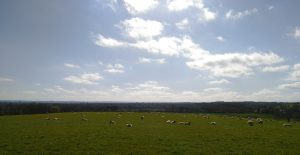
Over the past year we have really come to appreciate what is on our doorstep. From the wide views over Bedford, with the Greensand Ridge sitting hazily in the distance to the details of wildflowers or insects, we’ve really looked at what is here. Research shows that feeling connected to nature is good for us, and one key way we can connect to nature is to use all of our senses – I am reminded of the sight of a red kite circling overhead, the smell of woodsmoke in winter, the sound of sheep and geese, the feel of the ground under our feet as it turns from sticky clay to solid earth as the seasons change, the taste of blackberries straight from the hedgerow. One of the gifts of tranquil places is the time to stop and notice things in a new way.
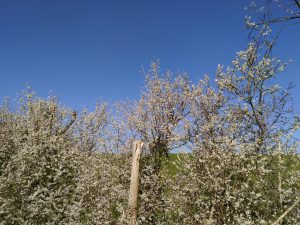
CPRE has long championed the idea of tranquil places, undertaking mapping and research work to identify tranquil areas and to help people understand what tranquillity means in the context of the countryside. The top survey responses showed that people equated tranquillity with the sounds of nature (running water, birdsong, wind in trees), landscapes (often with wide views) and being amongst nature (seeing wildlife, being in woodland) Although peace and quiet scored highly, people did not usually demand solitude or silence, space to spread out was more important and natural sounds were welcomed. Noise from urban areas, road traffic noise, aircraft and railways were all seen as detrimental.
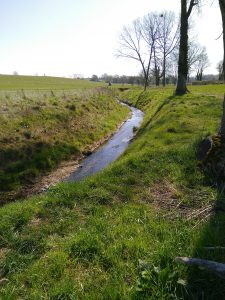
The last tranquillity maps were produced in 2006/7 and show that the area north of Bedford, extending up into the Great Ouse Valley, is one of the most tranquil in Bedfordshire. One of the important measures is relative tranquillity – this shows that whilst towns like Bedford score poorly, they are close to areas of greater tranquillity which provide places of escape for urban residents.
Exploring the countryside next door is a great way to discover the regenerative power of tranquil places. However, the countryside is also a place where people live and work, and it is important that those of us escaping urban life respect farmland and local residents by keeping to the paths, closing gates and keeping dogs under control. The recent Countryside Code refresh, supported by CPRE, helps people understand the need to respect, protect and enjoy the countryside.
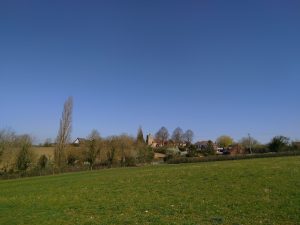
Shelly Dennison – digital engagement officer, CPRE Bedfordshire
